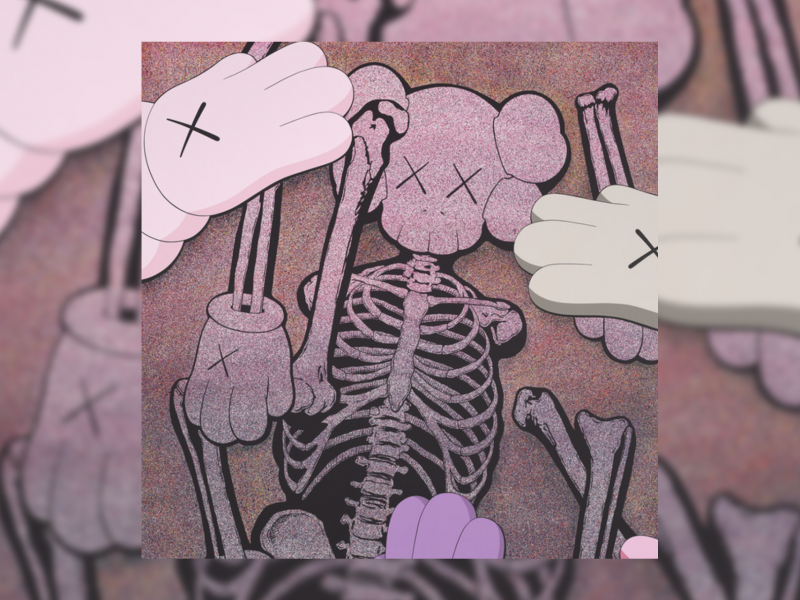We are about three years past the start of the COVID-19 pandemic and the start of stay-at-home orders in states across the U.S. People are no longer in lockdown or always wearing masks — but the impact and memory of the pandemic have been preserved in TV shows, from full seasons dedicated to it to just the briefest mentions.
Immortalization of events through art is not a new phenomenon and the pandemic isn’t the first example of TV shows referencing current events. After 9/11, TV shows, such as The West Wing, grappled with the attacks and the U.S.’s new normal directly following the event. Other shows, such as those in the Law & Order franchise, continued to reference the event for years after.
But TV doesn’t just immortalize big events — it also immortalizes our culture. In the past few years, the hit TV show Glee has come under major fire for being inappropriate and misrepresenting minority groups. In one instance, the show tried to portray school shootings just months after the Sandy Hook Elementary School shooting.
One of the biggest issues with the episode was that the shooter was specifically the one student with Down syndrome, rather than any of the other students in the school. The show also used slurs, along with having homophobic and biphobic portrayals. And who can forget the show’s portrayal of eating disorders and childhood sexual abuse?
[Sam Levinson shouldn’t punish actors for providing input]
But none of these episodes and storylines were as controversial when the show was first airing from 2009 to 2015. It’s a bit of a cultural snapshot, showing us where we were morally during that time.
TV has captured some of the most significant events in our history. Obviously, capturing these histories is important, but one of the controversies that came up during the pandemic was how fictional media should be handling our new world.
On the one hand, TV is supposed to be an escape from reality. But on the other hand, it would be irresponsible — and maybe even disrespectful — to neglect such a huge moment in society.
Some medical shows, notably Grey’s Anatomy, took COVID-19 and created a season-long plotline surrounding it. Others, such as The Resident, moved rapidly into a post-COVID-19 world. Research indicates that most medical dramas covered COVID-19 in some sense, whether it be the aftermath for healthcare workers or the deaths in the moment. Some reality shows, including The Bachelorette, put their contestants in a quarantine bubble.
But for other shows, it was really a question up to the showrunners. Justin Noble, showrunner for HBO’s The Sex Lives of College Girls, said that by summer 2021, when the events of the pilot unfold, they figured that COVID-19 would be “a faint memory,” according to Town & Country.
[Hailey Bieber and Selena Gomez alleged feud is a petty internet mess]
But as COVID-19 shifts away from a pandemic and into an endemic, the question becomes how much of it should stay and how much should go? Should it be like the treatment of 9/11, where there are minor references still made? Or should it be looming in the background like a perpetual shadow?
Obviously, I have no authority to answer those questions, but I know that COVID-19 has forever shaped me and the media that I consume. There is no way back to “normal” and there is no way that the pandemic will ever be a “faint memory.”
We have a responsibility to acknowledge the loss and pain of the pandemic through television and in real life. While TV can and should be a distraction, part of it should be grounded in reality.
This is our new normal, and TV showrunners and writers should continue to acknowledge that in subtle ways that mourn the people lost to the pandemic and the childhoods that were lost too.



